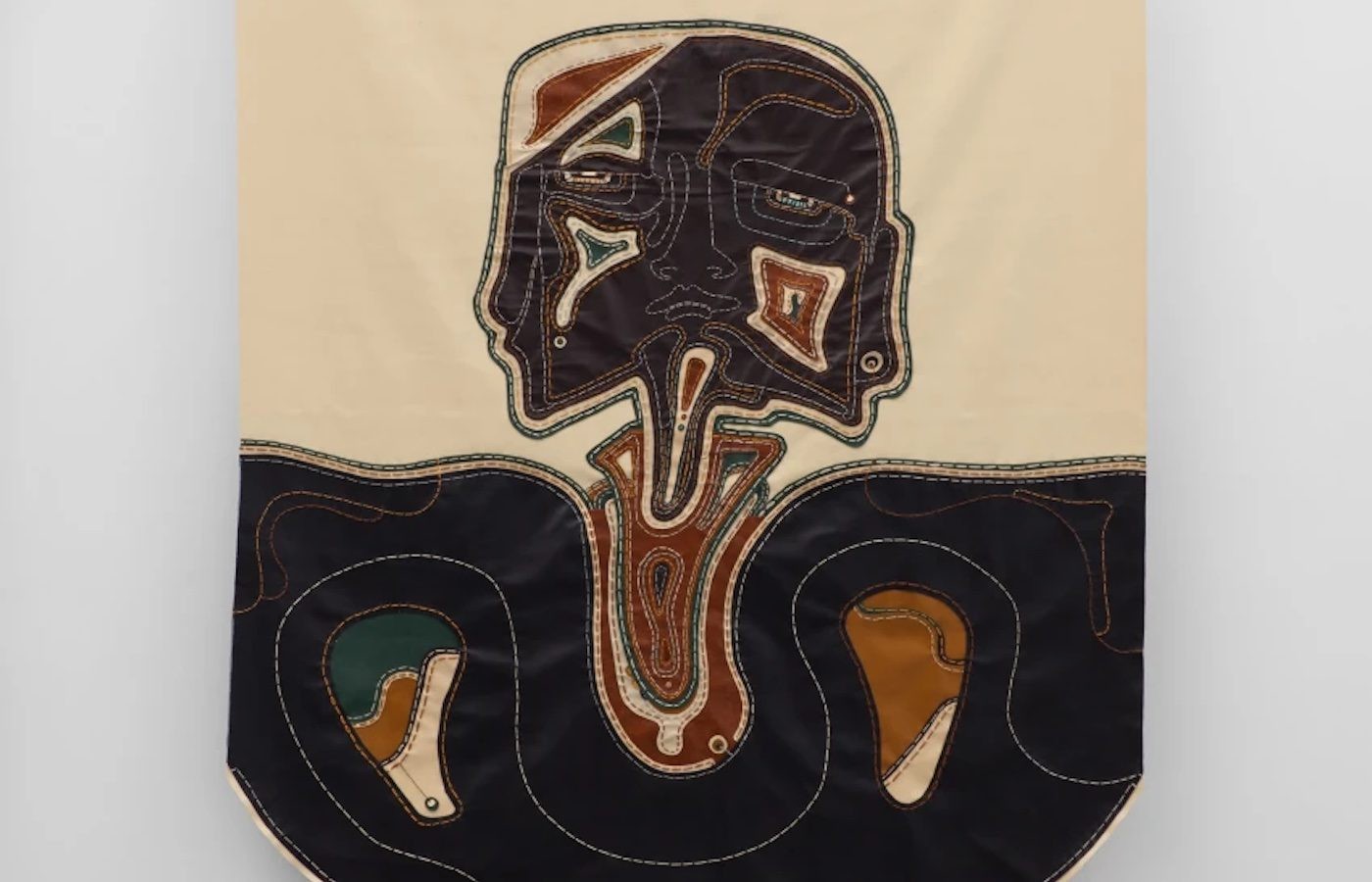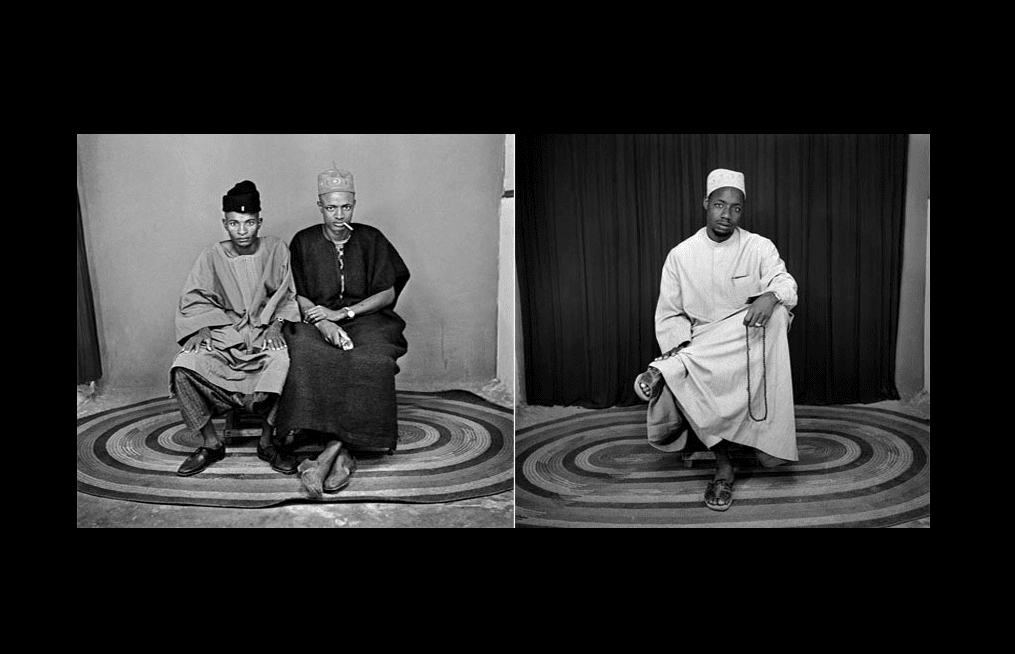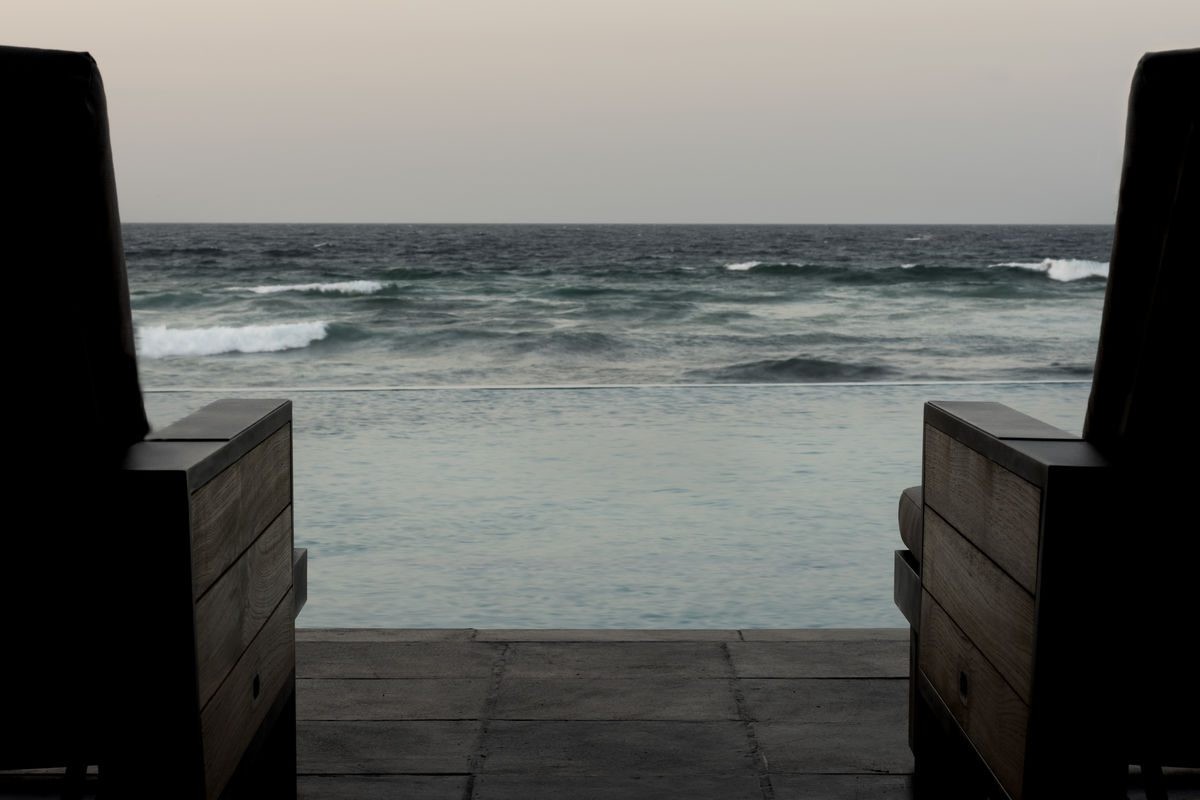
Woven Sanctuaries – Group Show
17 October 2025
Rele Los Angeles announces Woven Sanctuaries, a group exhibition bringing together the work of seven female artists from Botswana, Egypt, Ethiopia, Kenya, Nigeria, and Zambia, which together document complex personal and social landscapes that textiles make possible. Utilizing found materials as well as symbolically-laden fabrics such as cloth and jute, these artists collapse conventions of space and time in order to explore grief, loss, joy, wonder, personal agency and coming of age. The artists participating in this exhibition are: Rawan Abbas, Egypt; Yoma Emore, Nigeria; Elfreda Fakoya, Nigeria; Gladys Kalichini, Zambia; Sedireng Mothibatsela, Botswana; Fiker Solomon, Ethiopia; Agnes Waruguru, Kenya
In this exhibition, materials are the message. Cloth is sacred in many African societies – it is woven in the home, primarily by women, based on traditions that have been passed down over generations. Its domestic connotations provide it a texture and intimacy that other art practices lack. Yet cloth is currency as well as culture – opening the doors to division and conflict. For this reason, many of the artists in this exhibition use second-hand or natural fibers, thereby stitching their stories into larger communal narratives.
Agnes Waruguru, Fiker Solomon, and Elfreda Fakoya deploy natural dyes and fibers to explore the relationship between their communities and the natural world, rooting their work in the physical landscapes they inhabit and the skills they have accumulated and internalized from other women in their lives. Layering acrylic paint and natural pigment on cotton and watercolor paper, Waruguru maps what she calls memoryscapes while Solomon weaves together biodegradable and natural materials such as jute to craft complex geographies that underscore the interdependence between nature and society. Likewise, Fakoya’s series, Seeds of Becoming (2024), constructs hanging leather tapestries that reflect intergenerational lineages and the path toward self-realization.
Other works in the exhibition speak to the influence of respectively Western commodities and gendered expectations, which often conflict with indigenous value systems and personal agency. In Beauty Lesson 1 – Never Clean Your Face with Water (2022), Sedireng Mothibatsela paints onto a linen canvas a Johnson & Johnson baby oil bottle, an item used by her South African grandmother that highlights the impact of globalization and the pervasive search for a Western beauty ideal. Also touching on gendered, ritualist practices, Rawan Abbas confronts arbitrary valuation systems, especially as they relate to the removal and loss of body hair. In I Cut It So It Doesn’t Break My Neck (2024), a long, winding wig made out of synthetic hair and fibers as a serpent might wrap around its prey, calls attention to the complex politics of sexual decorum in Egyptian society.
While the works above investigate the impact of societal ideals, Yoma Emore creates works that illustrate complex diasporic identities. Emore’s Traveler’s Map (2023) series combines jute, a textile commonly used in traditional Nigerian weaving practices, with painted text in order to recreate new geographies out of existing maps with the goal of documenting the lived experiences of those on the margins, stories that risk being permanently erased.
Gladys Kalichini challenges the prospect of erasure by promulgating new practices of story-telling and collaboration, bringing together a group of women from Los Angeles to source fabric from Downtown Los Angeles, share oral histories and explore new rituals while co-creating a new installation. In doing so, Kalichini illustrates the ways in which nurturing dormant histories have the power to generate new collective memories.
By bringing these disparate artists and their respective cultural practices together in one room, this exhibition uncovers the political, social, and cultural valence of textile in contemporary African art. Soft, pliable, and unrelentingly ritualistic, textile practices reveal connections and tensions between past, present, and future that we often overlook.





